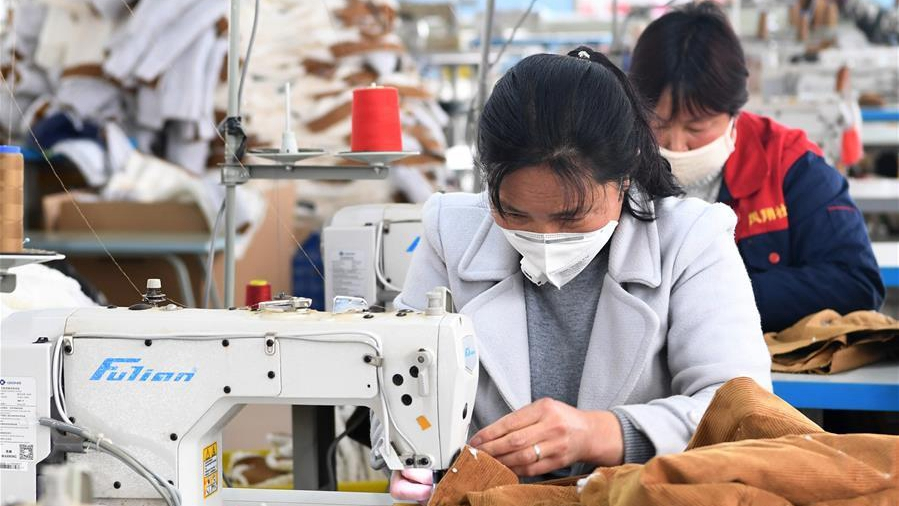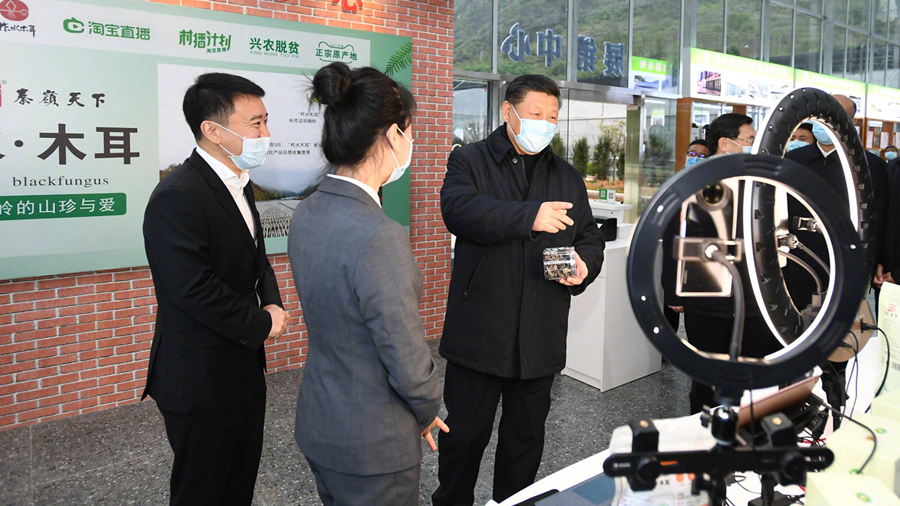01:09

At the end of 2019, COVID-19 hit China. The pandemic disrupted many activities - rural migrant workers could not return to work; transportation was interrupted; the development of rural industry, such as breeding and processing, was retarded; and sales of agricultural products were depressed. The pandemic has posed added challenges to the poverty eradication work.

President Xi visits a center for live streaming of local products in Jinmi Village in Zhashui County, Shangluo City, Shaanxi, April 20, 2020. /Xinhua
President Xi visits a center for live streaming of local products in Jinmi Village in Zhashui County, Shangluo City, Shaanxi, April 20, 2020. /Xinhua
What challenges did COVID-19 pose to 2020's poverty alleviation programs and goals? Closer to China speaks with Ye Xingqing, Director-General of the Research Department of Rural Economy, Development Research Center of the State Council and Wu Guobao, Director of the Center for Poverty Research, Chinese Academy of Social Sciences.
According to Ye Xingqing, due to the COVID-19, after the 2020 Spring Festival, migrant workers could not go to the cities to work. But as the pandemic was brought under control and more measures were carried out, by the end of September, the number of people who went out to work from poor households exceeded that number in 2019.
Another impact of the pandemic was on the projects relating to the anti-poverty campaign. According to Wu Guobao, some projects in the 52 poorest counties were not completed by early 2020. The measures taken to contain the pandemic also cut off transportation of materials and machinery needed for construction, which retarded progress of the projects. But by the end of July 2020, inhibiting factors associated with COVID-19 were largely eliminated.

